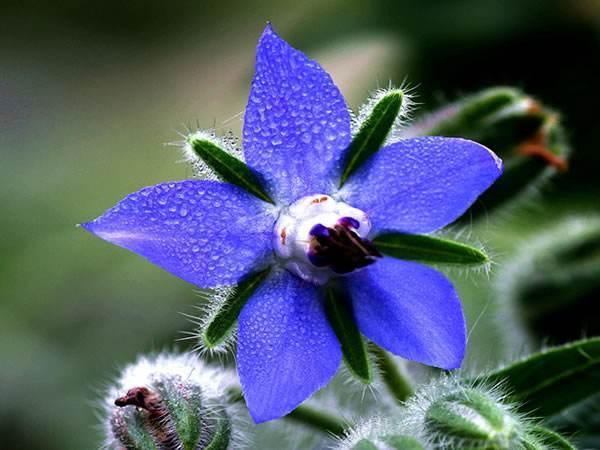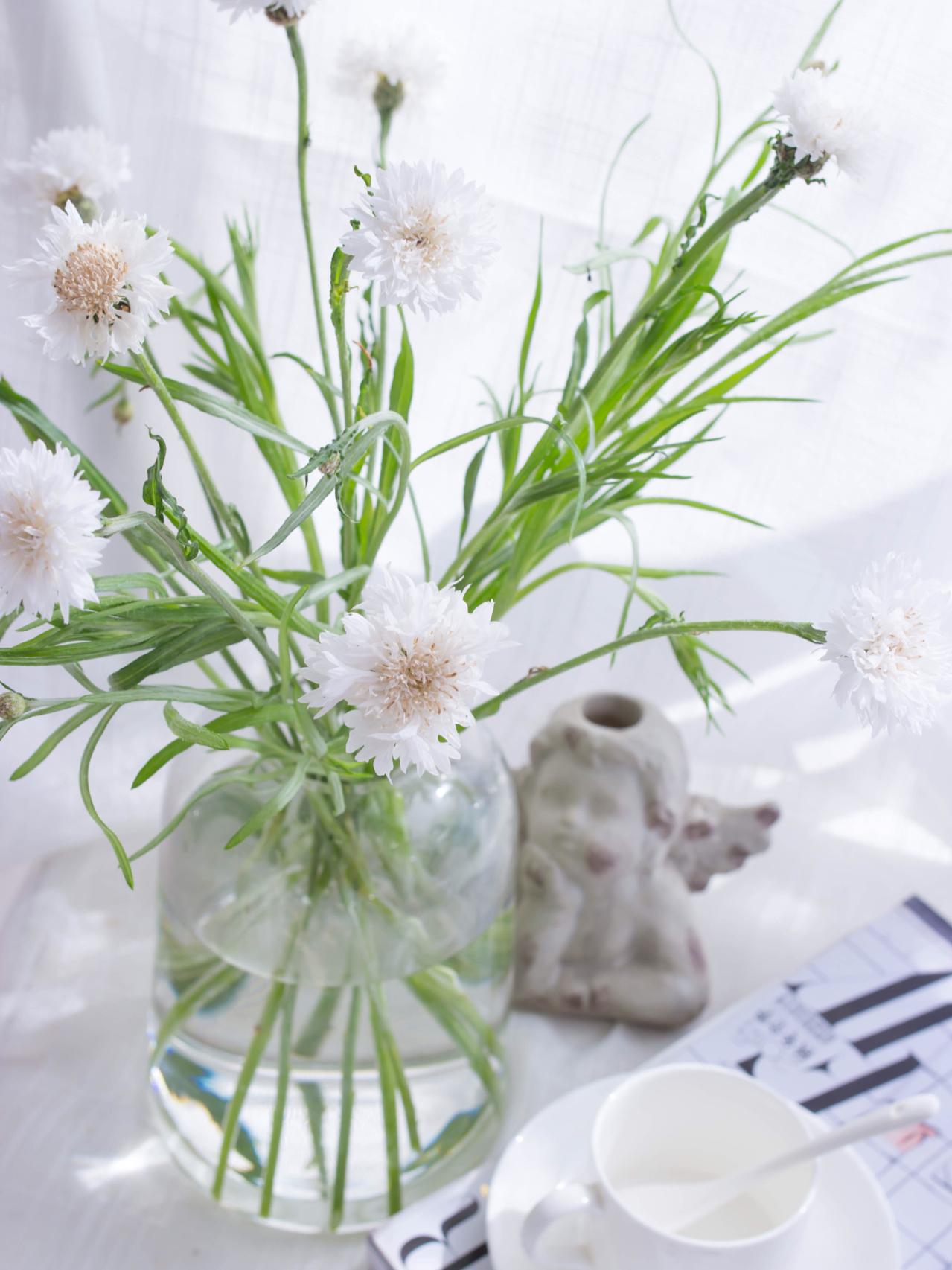Anisophylleaceae is a fascinating family of plants with an interesting story. This family consists of evergreen trees and shrubs found in tropical regions, particularly in Africa and Madagascar. What makes Anisophylleaceae unique is their unevenly-sized leaves, which gives them their name – “aniso” meaning unequal and “phyllea” meaning leaves.
Legend has it that these plants once had perfectly symmetrical leaves, but over time, a mischievous forest sprite decided to play a prank on them. The sprite magically transformed their leaves, making one side larger than the other. As a result, the leaves of Anisophylleaceae became distinctly asymmetrical.
Despite their unusual appearance, Anisophylleaceae plants thrive in their natural habitats and have adapted to these unequal leaves. Scientists are still studying the evolutionary advantages of this intriguing adaptation. So next time you come across an Anisophylleaceae plant, remember the whimsical tale behind their fascinating and unique leaves!
Picture
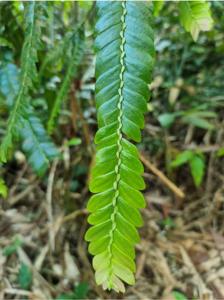
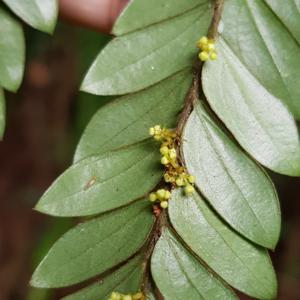
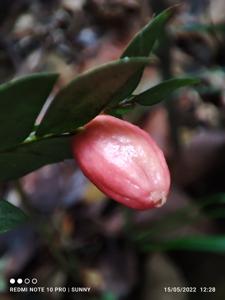
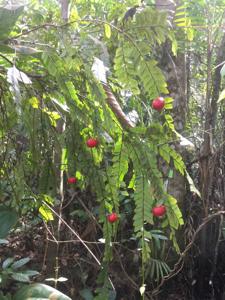
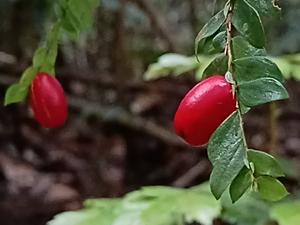
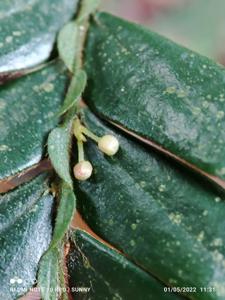
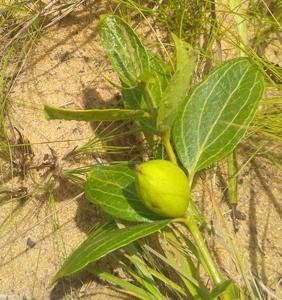

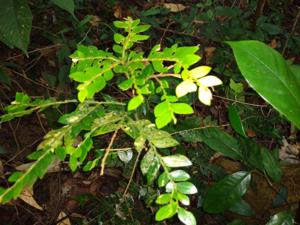
Plant some seeds now!
Short Description
The Anisophylleaceae are a small family with four genera and about 70 species, in the order Cucurbitales, according to the APG II. However, it is more isolated from the other suprafamilial clades in this order, while it shows some similarities in flower morphology with the genus Ceratopetalum (family Cunoniaceae, order Oxalidales). Several wood features of this family are more primitive than those of the other families in the order Cucurbitales.
Previously, this family was categorized under its own order, Anisophylleales, by Takhtajan in 1997.
It is a pantropical family of shrubs and medium-sized to fairly large trees, occurring in wet, tropical forests and swamps of America, Africa and Asia.
The palmately veined leaves have a rather leathery texture, entire margins, and are often asymmetrical at the base. They have minute stipules or simply lack them. They are alternate; spiral, or distichous, or four-ranked (such as in Anisophyllea). The paired leaves may be different in size or shape.
The small flowers are regular and trimerous to pentamerous. They are usually aggregated in axillary racemes or panicles. The flower type varies considerably, most are monoecious, except Combretocarpus; which is hermaphrodite, having perfect flowers.
The inferior, tri- or quadrilocular ovary develops into a drupe or a samara (as in Combretocarpus) with usually one seed, but with three or four seeds in Poga.

